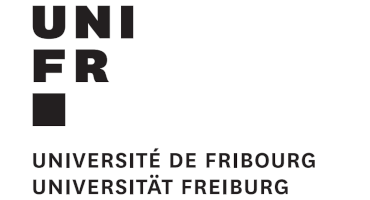UFR
UNIVERSITE DE FRIBOURG
Alpine Cryosphere and Geomorphology Group, Department of Geosciences, University of Fribourg, Chemin du Musée 4-6, CH-1700 Fribourg, Switzerland

The Alpine Cryosphere and Geomorphology Group of the University of Fribourg is dedicated to all aspects concerning cryospheric processes, from mountain precipitation, over snow and ice properties, permafrost, to glacier dynamics.
UniFR is dealing with the instrumentation on and in the close vicinity of glaciers. The instruments will capture glacier dynamics including accumulation and ablation, and pro-glacial stream flow. The data that will be obtained from these instruments at two glaciers in the headwaters of the Naryn will be representative for what is happening in the coldest and highest parts of the Naryn River catchment.

